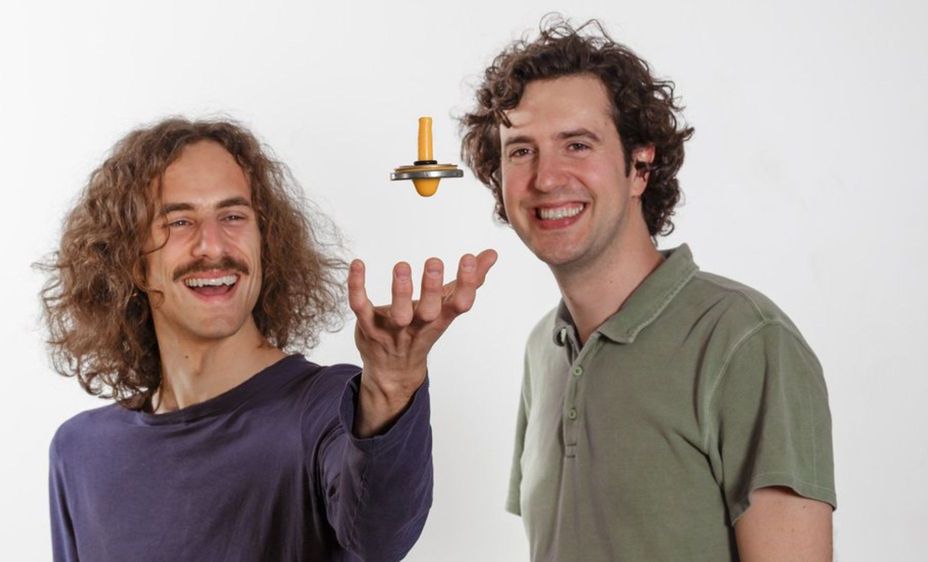Laborious calculations which once took an hour can be completed in a fraction of a second with machine learning, according to scientists.
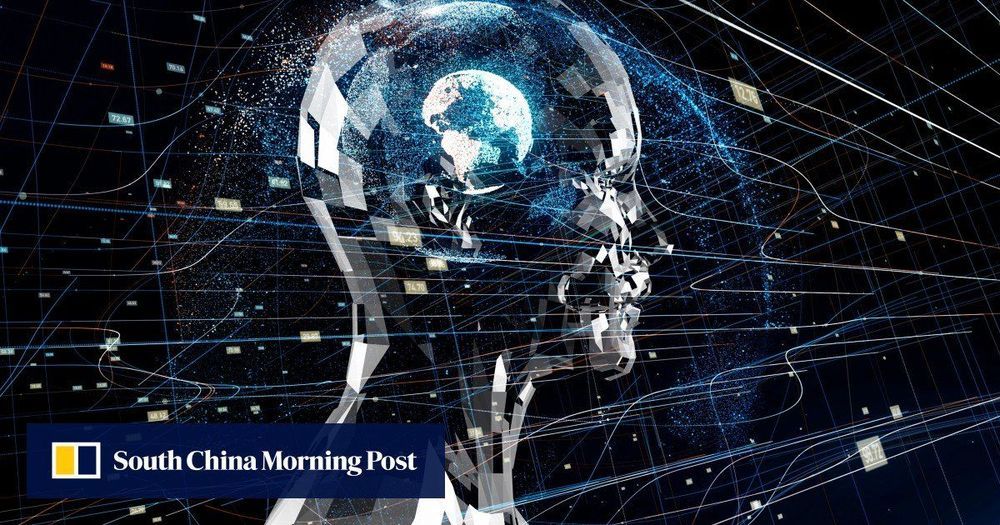

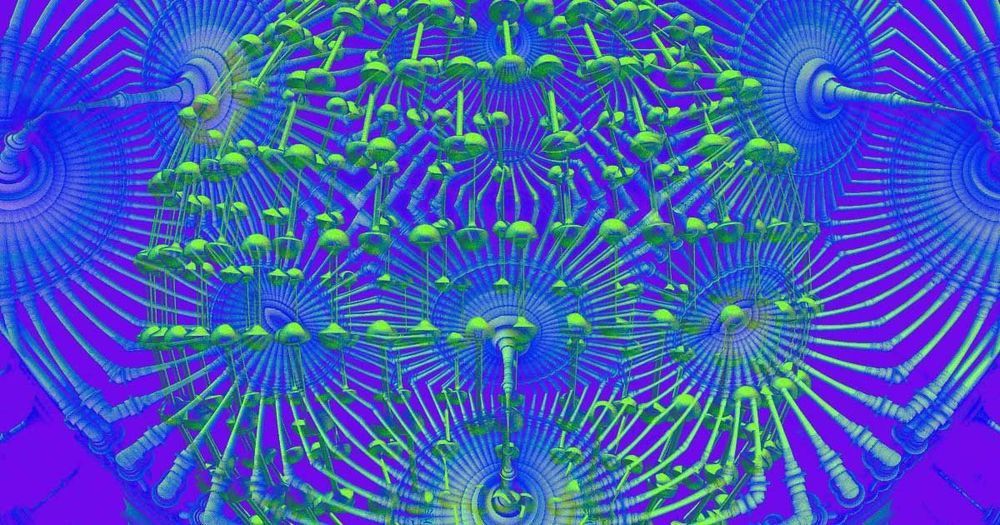
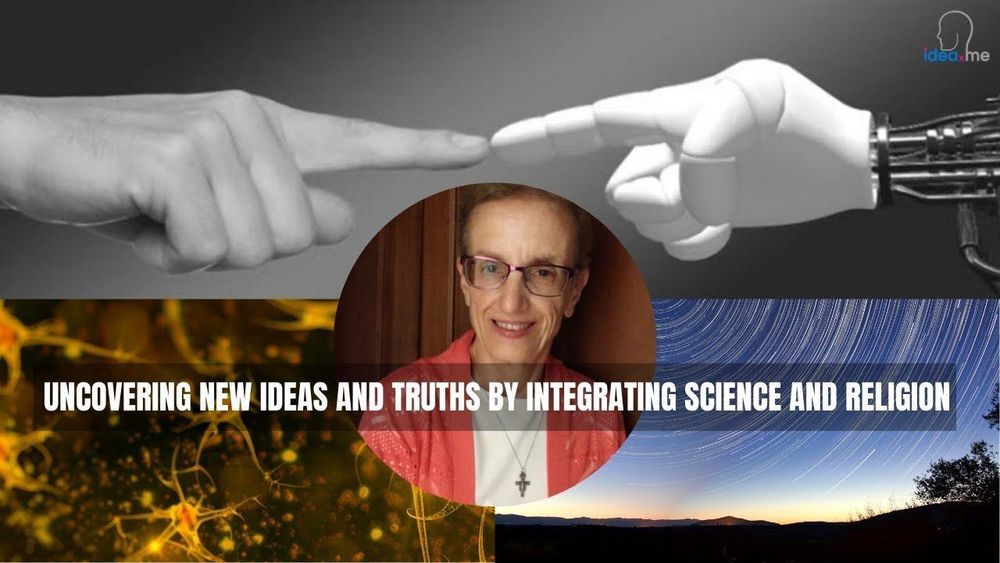
Ira Pastor, ideaXme exponential health ambassador and founder of Bioquark, interviews Sister Ilia Delio PhD. OSF, a Franciscan Sister (Order of St Francis of Washington, DC) who holds the Josephine C. Connelly Endowed Chair in Theology at Villanova University.
Ira Pastor Comments:
On previous shows, as we’ve spent time discussing the bio-architecture of life, we have spent time at various levels of this unique hierarchy, from the very, very small (as we’ve delved into topics like quantum biology), to the very large (as we discussed themes like chronobiology), and a lot of domains in between: the genome, micro-biome, systems biology, etc.
Today, however, we are going to further and deeper than we’ve ever been before.
Sister Ilia Delio, PhD
Dr. / Sister Ilia Delio PhD. OSF, is a Franciscan Sister (Order of St Francis of Washington, DC) and holds the Josephine C. Connelly Endowed Chair in Theology at Villanova University.
A native of Newark, NJ, she earned a B.S. in Biology from DeSales University, a masters degree in Biology at Seton Hall, and a doctorate in pharmacology from Rutgers University-School of Healthcare and Biomedical Sciences (with specialization in neuro-toxicology, with an emphasis on neuromuscular disease) and she wrote her dissertation on axonal dysfunction in an experimental model of Lou Gehrig’s (ALS) disease.


Artificial intelligence can be used to predict molecular wave functions and the electronic properties of molecules. This innovative AI method developed by a team of researchers at the University of Warwick, the Technical University of Berlin and the University of Luxembourg, could be used to speed-up the design of drug molecules or new materials.
Artificial intelligence and machine learning algorithms are routinely used to predict our purchasing behavior and to recognize our faces or handwriting. In scientific research, Artificial Intelligence is establishing itself as a crucial tool for scientific discovery.
In chemistry, AI has become instrumental in predicting the outcomes of experiments or simulations of quantum systems. To achieve this, AI needs to be able to systematically incorporate the fundamental laws of physics.

Light can be directed in different directions, usually also back the same way. Physicists from the University of Bonn and the University of Cologne have, however, succeeded in creating a new one-way street for light. They cool photons down to a Bose-Einstein condensate, which causes the light to collect in optical “valleys” from which it can no longer return. The findings from basic research could also be of interest for the quantum communication of the future. The results are published in Science.
A light beam is usually divided by being directed onto a partially reflecting mirror: Part of the light is then reflected back to create the mirror image. The rest passes through the mirror. “However, this process can be turned around if the experimental set-up is reversed,” says Prof. Dr. Martin Weitz from the Institute of Applied Physics at the University of Bonn. If the reflected light and the part of the light passing through the mirror are sent in the opposite direction, the original light beam can be reconstructed.
The physicist investigates exotic optical quantum states of light. Together with his team and Prof. Dr. Achim Rosch from the Institute for Theoretical Physics at the University of Cologne, Weitz was looking for a new method to generate optical one-way streets by cooling the photons: As a result of the smaller energy of the photons, the light should collect in valleys and thereby be irreversibly divided. The physicists used a Bose-Einstein condensate made of photons for this purpose, which Weitz first achieved in 2010, becoming the first to create such a “super–photon.”
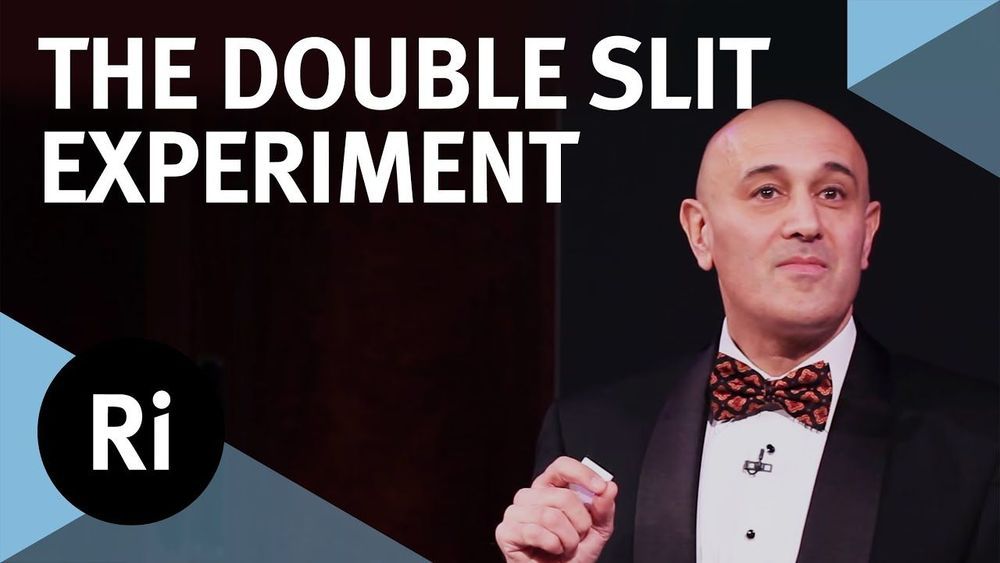
Alternative facts are spreading like a virus across society. Now it seems they have even infected science—at least the quantum realm. This may seem counter intuitive. The scientific method is after all founded on the reliable notions of observation, measurement and repeatability. A fact, as established by a measurement, should be objective, such that all observers can agree with it.
But in a paper recently published in Science Advances, we show that in the micro-world of atoms and particles that is governed by the strange rules of quantum mechanics, two different observers are entitled to their own facts. In other words, according to our best theory of the building blocks of nature itself, facts can actually be subjective.
Observers are powerful players in the quantum world. According to the theory, particles can be in several places or states at once—this is called a superposition. But oddly, this is only the case when they aren’t observed. The second you observe a quantum system, it picks a specific location or state—breaking the superposition. The fact that nature behaves this way has been proven multiple times in the lab—for example, in the famous double slit experiment (see video).
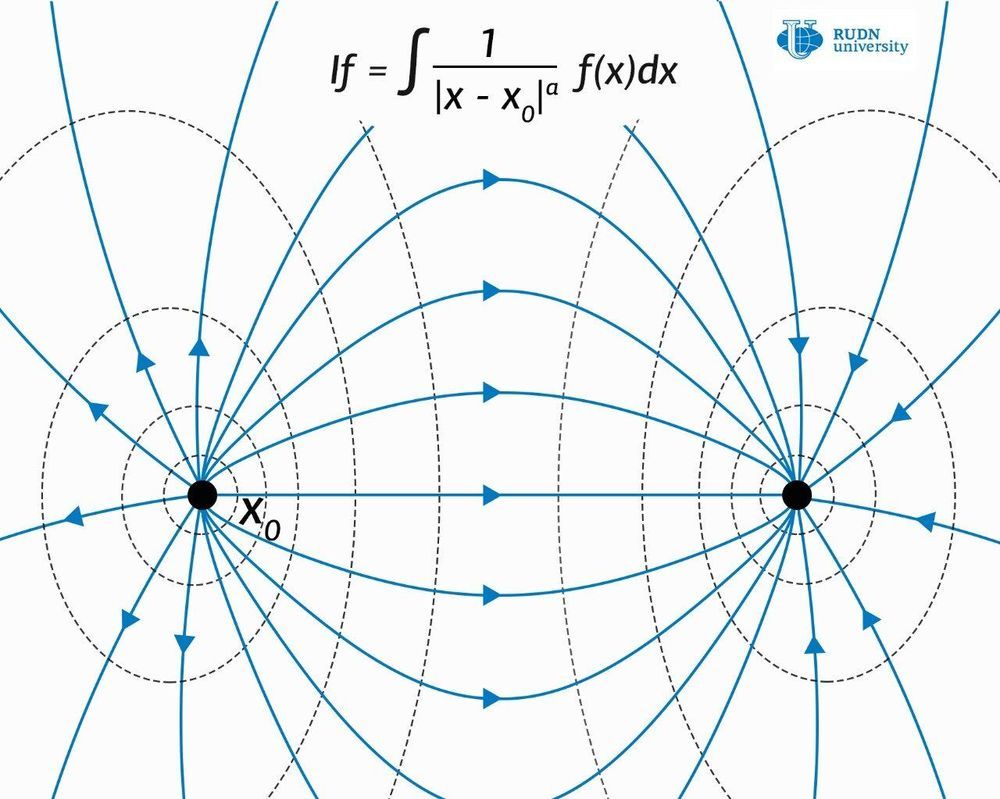
RUDN University mathematicians have proven the Hardy-Littlewood-Sobolev (HLS) inequalities for the class of generalized Riesz potentials. These results extend the scope of these potentials in mathematics and physics because the main tools for working with such potentials are based on HLS inequalities. New mathematical tools can greatly simplify calculations in quantum mechanics and other fields of physics. The results of the study are published in the journal Mathematical Notes.
Modern physics describes the world in terms of fields and their potentials—that is, the values of the field at each point. But the physical quantities that we can measure are forces and accelerations, that is, derivatives of the second-order of the potential of the corresponding field. The problem of reconstructing the field configuration with the available values of forces and accelerations observed in experiments is complex and not always analytically solvable. Differentiation operations in multidimensional space—operators are usually used to describe the correlation between the potential of the field and the forces. In particular, electromagnetic and gravitational interactions are described in the language of operators.
Since the potential of the field can be determined up to a constant value, for the convenience of calculations, the initial value of the potential is taken at some point in multidimensional space, or on the border of any spatial area. But in some cases, mathematical models of such fields lead to a singularity, that is, at some points the value of the field becomes infinite, and therefore loses its physical meaning.
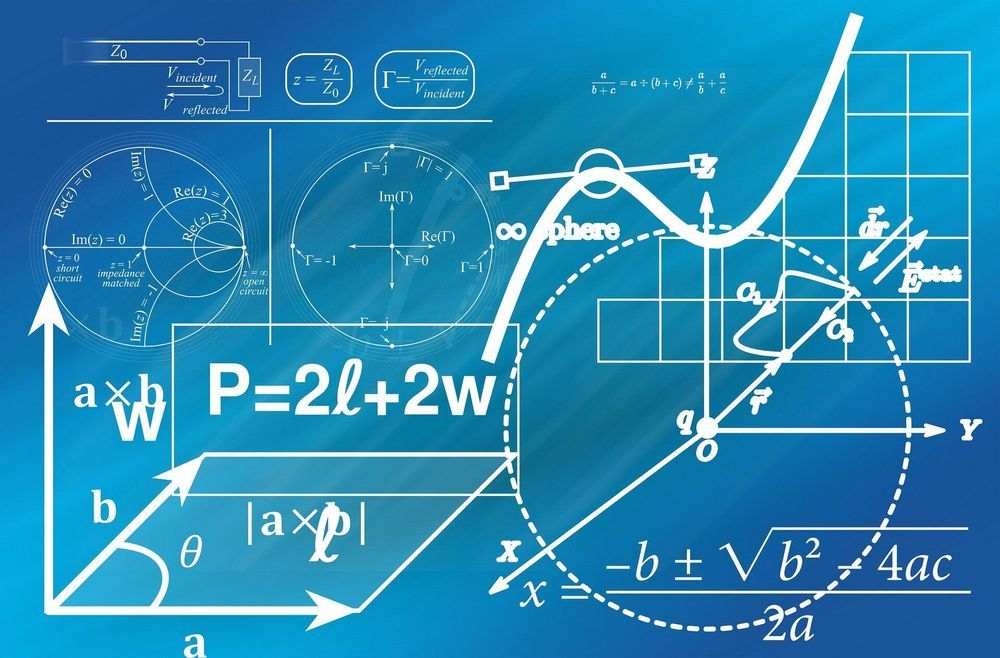
The characteristics of a new, iron-containing type of material that is thought to have future applications in nanotechnology and spintronics have been determined at Purdue University.
The native material, a topological insulator, is an unusual type of three-dimensional (3D) system that has the interesting property of not significantly changing its crystal structure when it changes electronic phases—unlike water, for example, which goes from ice to liquid to steam. More important, the material has an electrically conductive surface but a non-conducting (insulating) core.
However, once iron is introduced into the native material, during a process called doping, certain structural rearrangements and magnetic properties appear which have been found with high-performance computational methods.
